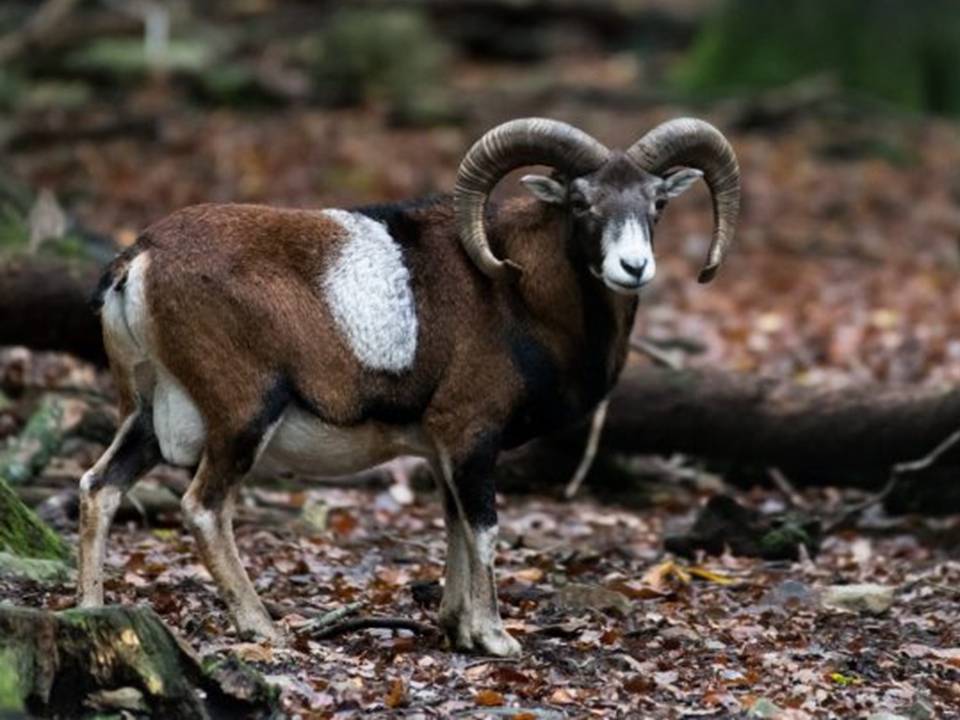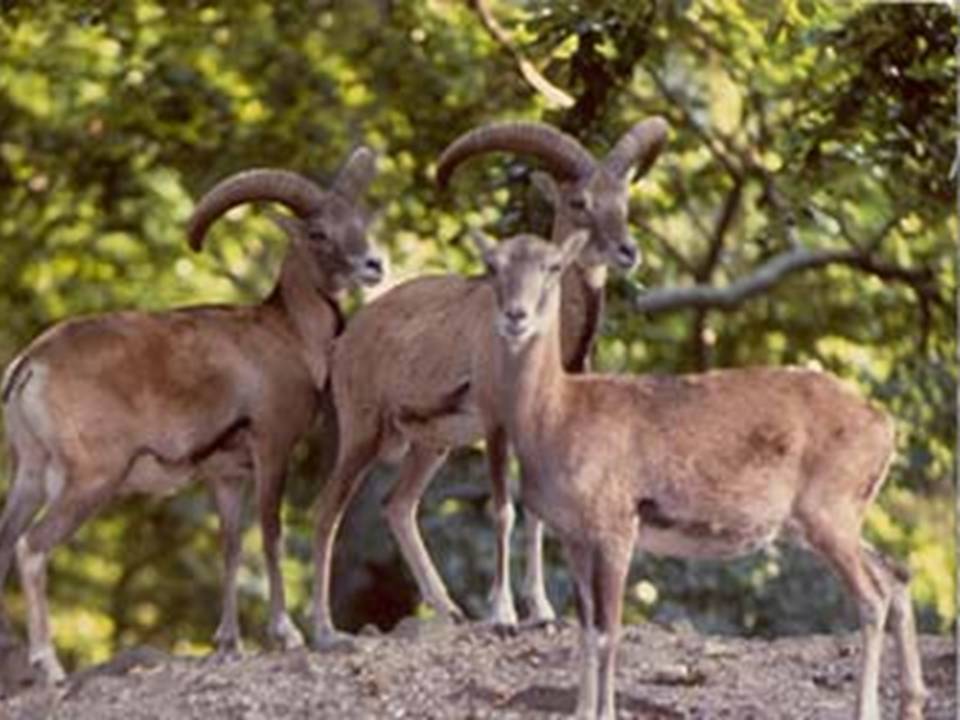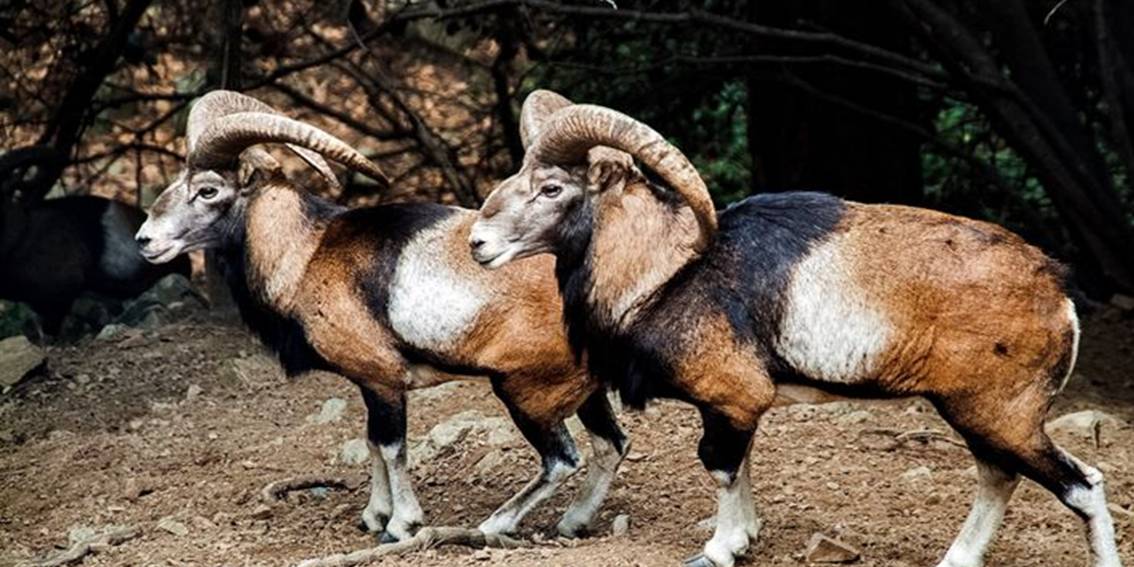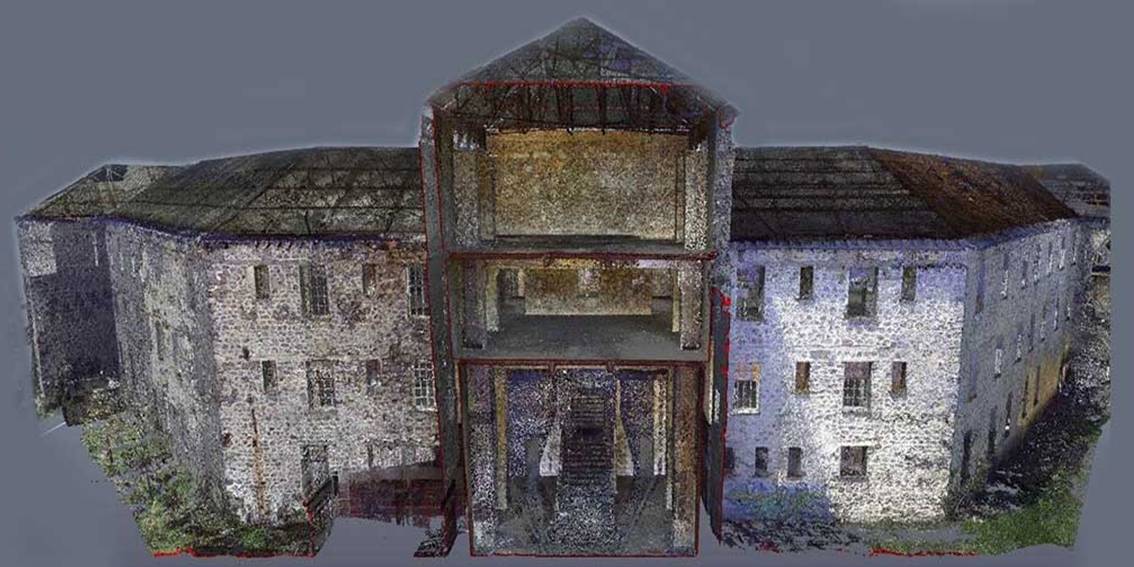Cyprus Mouflon story and how they came to Cyprus
The story of the Cyprus mouflon is a captivating journey of survival, adaptation, and cultural significance. This wild sheep, known scientifically as Ovis gmelini ophion, is unique to the island of Cyprus and represents a symbol of nature’s resilience. Their history on the island stretches back thousands of years, and their continued existence reflects the delicate balance between human activity and wildlife conservation.
Origins of the Cyprus Mouflon
The origins of the Cyprus mouflon can be traced to their ancestors, the wild sheep that roamed the lands of Asia Minor. These early wild sheep, particularly the Armenian mouflon, spread throughout regions of the Middle East and the Mediterranean during the prehistoric era. Cyprus became a natural stopping point during this migration, as the island provided ideal conditions for the mouflon to thrive.
Some scholars argue that humans played a role in bringing the wild sheep to Cyprus. Early Neolithic settlers likely introduced livestock to the island around 9,000 years ago. Among these animals were sheep, which may have escaped into the wilderness. Over time, these domesticated sheep reverted to a wild state, evolving into the species now known as the Cyprus mouflon. They developed unique characteristics to adapt to Cyprus’ challenging terrain and climate, such as stronger legs and more robust body structures to navigate the mountainous regions.
The rugged Troodos Mountains, which rise in the heart of Cyprus, provided an excellent habitat for these wild sheep. Dense forests, steep cliffs, and an abundance of water sources allowed the mouflon to establish a strong presence. Their numbers flourished in these conditions, and they remained largely undisturbed for centuries, living in isolation from the mainland and evolving into a subspecies that could only be found on the island.
Cultural Significance and Historical Accounts
The mouflon quickly became part of the cultural fabric of ancient Cyprus. Archaeological evidence from the Neolithic period shows that the people of Cyprus hunted mouflon for their meat, skins, and bones. In some instances, their bones were used to create tools and ornaments, underscoring their significance in early Cypriot society.
Ancient Cypriot art also reflects the importance of the mouflon. Pottery and sculptures from antiquity often depict the majestic animal, signifying their role in the island’s

mythos. Some ancient texts even describe hunting expeditions organized by local elites, where mouflon hunting stood as a symbol of prestige and skill. However, these early hunting activities did not endanger the species’ survival, as the island’s relatively low human population allowed the mouflon to continue thriving.
Threats from Overhunting and Near-Extinction
As time passed, the arrival of new settlers and the gradual expansion of human activity on Cyprus began to take its toll on the mouflon population. By the 19th and early 20th centuries, overhunting posed a severe threat to their survival. Hunters prized the mouflon for their horns and meat, and without regulations, the population plummeted. Additionally, the expansion of agriculture and deforestation in parts of the island encroached on the mouflon’s natural habitat, limiting their access to food and shelter.
Their numbers dwindled so rapidly that by the early 1930s, conservationists feared the Cyprus mouflon might face extinction. Fewer than 15 mouflon remained on the island, a dire situation that prompted immediate action. Recognizing the cultural and ecological importance of the species, the British colonial administration, which governed Cyprus at the time, initiated protective measures.
Conservation Efforts and Recovery
In 1939, the government designated the Paphos Forest as a protected area for the Cyprus mouflon. This move established the first official steps toward their conservation. Hunting was banned, and the forest became a sanctuary where the mouflon could breed and repopulate without human interference. Additionally, the government introduced strict laws to punish illegal hunting, an essential measure to control poaching. The dense woodlands of the Paphos Forest, with its cool climate and abundant vegetation, proved to be the perfect refuge for the mouflon, and their numbers slowly began to increase.

Post-independence, Cyprus continued these conservation efforts, with local authorities taking responsibility for the protection of the species. The Department of Forestry monitored the mouflon population closely, and their dedication resulted in a significant population recovery. By the 1980s, their numbers had rebounded, and today, it is estimated that there are over 3,000 Cyprus mouflon thriving in the wild.
In addition to national efforts, international wildlife organizations took an interest in the mouflon’s survival. The Cyprus mouflon became a protected species under the European Union’s Habitat Directive, and organizations such as the World Wildlife Fund supported the conservation work being done on the island.
The Cyprus Mouflon Today
The survival of the Cyprus mouflon is a testament to successful wildlife conservation, but challenges remain. Urbanization, habitat destruction, and illegal hunting still pose threats to their population. As more land gets cleared for agriculture or development, the mouflon’s living space shrinks. However, continued conservation efforts by both the government and NGOs have helped ensure the survival of this rare species.
Tourism also plays a role in raising awareness about the Cyprus mouflon. Ecotourism initiatives, particularly in the Troodos and Paphos regions, allow visitors to observe the mouflon in their natural habitat. This helps generate funds for conservation projects and educates the public on the importance of preserving Cyprus’ natural heritage.
The Cyprus mouflon is more than just a species of wild sheep. It represents the delicate relationship between humans and nature, a symbol of resilience and adaptation. For the people of Cyprus, it remains an icon of the island’s unique natural beauty and history. The continued protection of the mouflon ensures that future generations will witness this majestic animal roaming the forests of Cyprus, a living link to the island’s ancient past.




